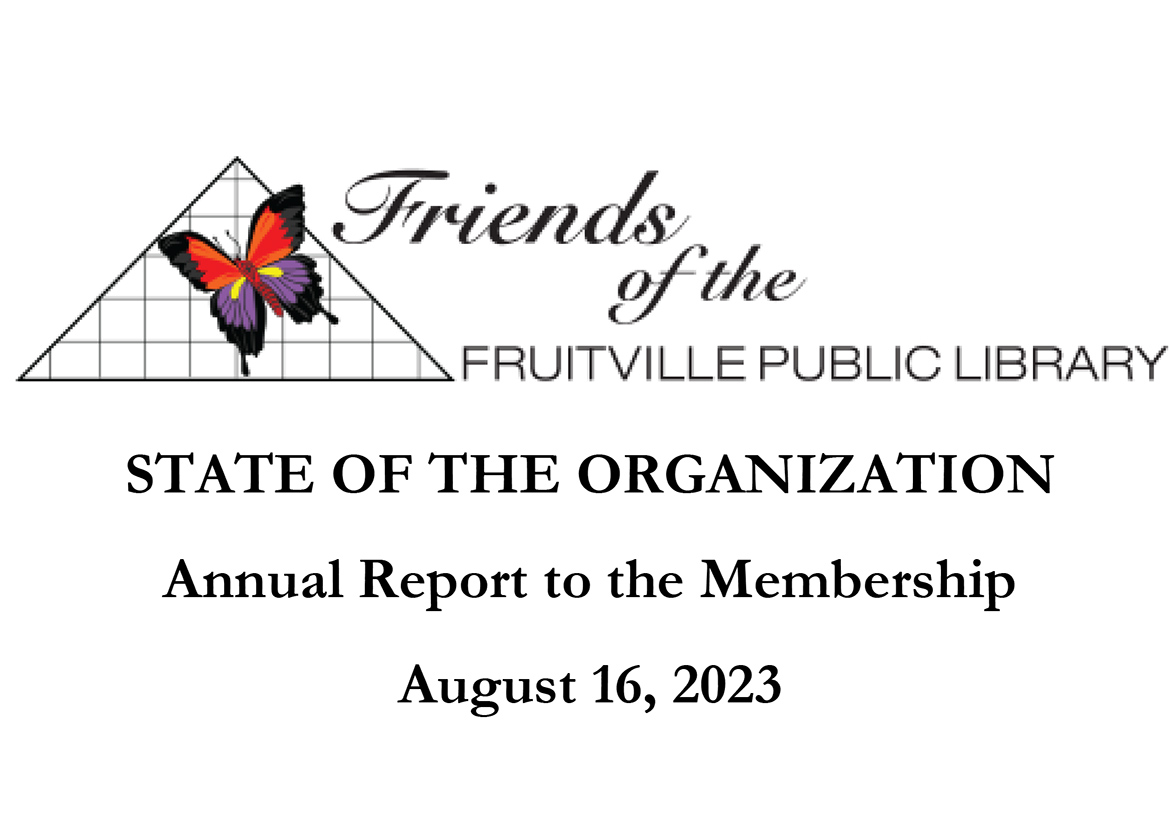Book Review by Valerie Oakley
The Light Between Oceans, a debut novel, by M.L. Stedman (2012), is set in Australia and is focused around a moral dilemma. Tom Sherbourne returns to Australia after being on the Western Front for four years. He seeks the healing solitude of the job as lighthouse keeper off the coast south of Perth, at Janus Rock. On a trip to the mainland he meets, falls in love and marries a local girl, Isabel, who is quite content to live on Janus Rock. However, after two miscarriages and one stillbirth, when a rowboat with a dead body and a live baby washes ashore on the Rock, Isabel feels the baby was meant for her. Tom dutifully plans to report the boat and its contents to the authorities, but Isabel takes the baby to her breast and names her Lucy, meaning “light”. Against his better judgment, Tom is persuaded to let the baby stay. After two years at the lighthouse, the three return to the mainland and things gets complicated. The reader is caught up in the dilemma of what is the right thing to do, just as the characters are. One reviewer said “This is a novel in which justice for one character means another’s tragic loss, and we care desperately for both.” We do, and in the end, we are saddened but satisfied.
In The Language of Flowers Vanessa Diffenbaugh (2011) gives us, in chapters alternating past with present, the life of a very scared, very angry girl, Victoria, who has been shunted from one foster family after another. Finally, in a group home where she is about to “age out” of the system she is told, “’Your life starts here. No one to blame but yourself from here on out.’ Meredith Combs, the social worker responsible for selecting the stream of adoptive families that gave me back, wanted to talk to me about blame.” And with that chip on her shoulder, she is on her own on the streets of San Francisco. Victoria’s main source of comfort is in flowers, and she has a deep understanding and appreciation of what flowers say and mean in the Victorian tradition. Her confidence in expressing emotions through flowers leads her to a flower shop, a job and to people whom she learns to trust and love. Although I have a few stylistic problems, this debut novel paints a touching picture of a young woman’s emotional growth, and finally, her ability to trust. A dictionary of flowers is included at the end – a useful feature of the book I didn’t discover until the end.
Although it is not a title that jumps off the shelves at you, Destiny of the Republic (2011) presents a very readable piece of history in the manner of David McCullough’s 1776 and Eric Larson’s Devil in the White City. The core of the book is James Garfield’s short presidency, and the author personalizes the times and puts a face to the events. The subtitle “A Tale of Madness, Medicine and the Murder of a President” gives an indication of the scope as author Candace Millard weaves the acts of a mad man into the facts of politics. In 1880 the Republican National Convention was split into two factions: the Stalwarts, supporters of the spoils system, and the Half-Breeds who advocated meritocracy. The convention was not able to come to a consensus for the nomination; after 37 ballots when Garfield, an Ohio senator, in an impassioned speech nominating John Sherman asked the delegates, “What do we want?” their response was, “We want Garfield!” He thus became a reluctant candidate and was elected. Along with the political controversies, we hear about Charles Guiteau, a man so full of self- confidence and ego that he thought he would be awarded with honors and a high office for eliminating the President. What he got for his effort was not what he set out to accomplish. Millard lays out the dirty tricks of politics of the day, the spoils system being the dirtiest and the one Garfield fought against. She shows us that history does indeed repeat itself.



